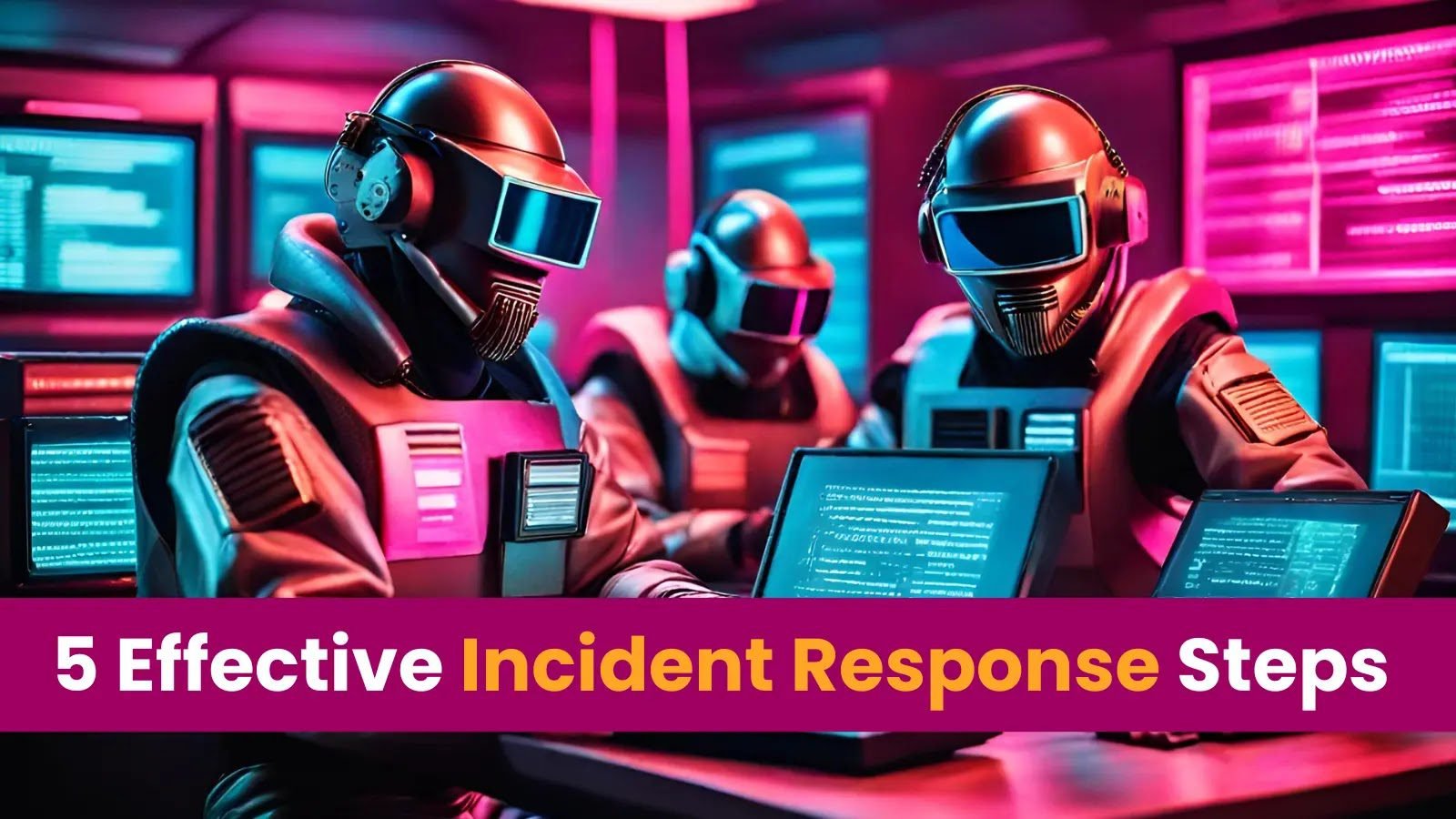In an era of increasing concerns about security and public safety, Closed Circuit Television (CCTV) surveillance has emerged as a powerful tool in preventing and investigating crimes. With its watchful eye on our streets, businesses, and public spaces, CCTV has the potential to deter criminals, provide crucial evidence for investigations, and ultimately contribute to safer communities. However, the effectiveness of CCTV is not without controversy. Critics argue that it infringes upon privacy rights while others question its true impact on crime rates. Nevertheless, there are several notable case studies where CCTV surveillance has proven instrumental in solving crimes and bringing perpetrators to justice. These success stories highlight both the strengths and limitations of this technology-driven approach to law enforcement.
CCTV surveillance plays a crucial role in both preventing and investigating crimes. It acts as an effective deterrent through its ability to monitor public spaces and private establishments, creating a sense of accountability and discouraging potential criminals. Moreover, CCTV cameras capture valuable evidence that can aid in identifying perpetrators and understanding the sequence of events during criminal activities.
Moreover, CCTV surveillance not only aids in criminal investigations but also enhances overall public safety. Its presence can discourage antisocial behavior and provide reassurance to citizens while maintaining a visual record of any untoward incidents happening within its range. Overall, CCTV surveillance serves as an instrumental tool in crime prevention and investigation. Its effectiveness is evident through numerous successful case studies which demonstrate how it aids law enforcement agencies in solving crimes promptly and enhancing public safety.
What role does CCTV surveillance play in preventing and investigating crimes, and are there any notable case studies or success stories?
CCTV surveillance plays a significant role in preventing and investigating crimes by providing real-time monitoring, evidence collection, and deterrence. Here are some ways in which CCTV surveillance contributes to crime prevention and investigation, along with a few notable case studies:
Crime Prevention:
- Deterrence: Visible CCTV cameras act as a deterrent to potential criminals, as the presence of surveillance increases the perceived risk of getting caught.
- Real-time Monitoring: CCTV surveillance allows security personnel to monitor live feeds and respond promptly to any suspicious activities or incidents.
- Alerts and Notifications: AI-powered CCTV systems can detect unusual behaviors or events and send immediate alerts to security personnel, enabling quick intervention.
- Access Control: CCTV cameras integrated with access control systems can prevent unauthorized access to secure areas and facilities.
Crime Investigation:
- Evidence Collection: CCTV footage serves as valuable evidence in investigations, providing visual documentation of incidents, suspects, and sequences of events.
- Identifying Suspects: Facial recognition technology can aid in identifying suspects or persons of interest, even if they were previously unknown to law enforcement.
- Witness Verification: CCTV footage can corroborate or challenge witness statements, helping law enforcement establish accurate timelines and narratives.
- Crime Reconstruction: Video footage can be used to reconstruct crime scenes and understand the sequence of events, assisting investigators in building accurate case theories.
- Courtroom Evidence: CCTV footage is often presented as evidence in court, strengthening the prosecution’s case and helping secure convictions.
Notable Case Studies and Success Stories:
- London’s Ring of Steel: The City of London’s extensive network of CCTV cameras, often referred to as the “Ring of Steel,” played a crucial role in preventing and investigating crimes, including terrorism. The system was used to monitor key areas of the city and respond swiftly to incidents.
- Boston Marathon Bombing: CCTV footage from various sources played a crucial role in identifying the suspects behind the Boston Marathon bombing in 2013. The suspects were captured on camera leaving explosive devices at the scene.
- Baltimore CitiWatch Program: The CitiWatch program in Baltimore, USA, uses a network of cameras to monitor high-crime areas. It has led to numerous arrests and reductions in crime rates in targeted areas.
In conclusion, CCTV surveillance plays a crucial role in preventing and investigating crimes. Its ability to monitor public spaces and provide visual evidence has proven invaluable in deterring criminal activity. Notable case studies have shown the effectiveness of CCTV in solving high-profile crimes, such as the Boston Marathon bombing and the London bombings in 2005. The use of this technology has led to successful prosecutions, bringing justice to victims and their families. However, it is important to ensure that surveillance is carried out ethically and with proper oversight to maintain privacy rights. As we continue to rely on technology for security, it is essential to strike a balance between safety and civil liberties.




